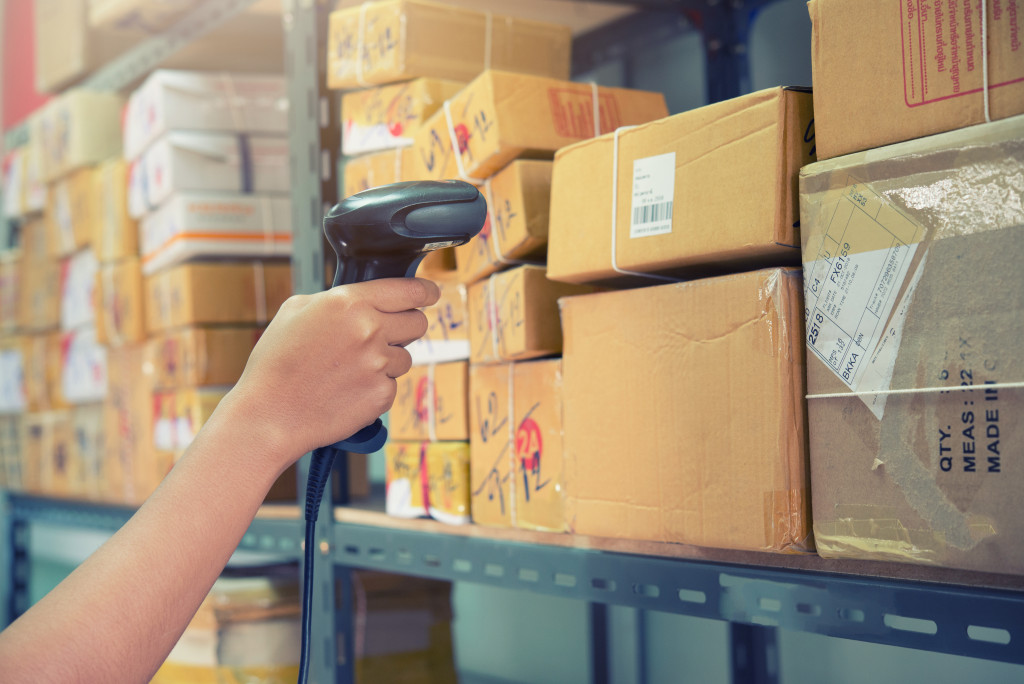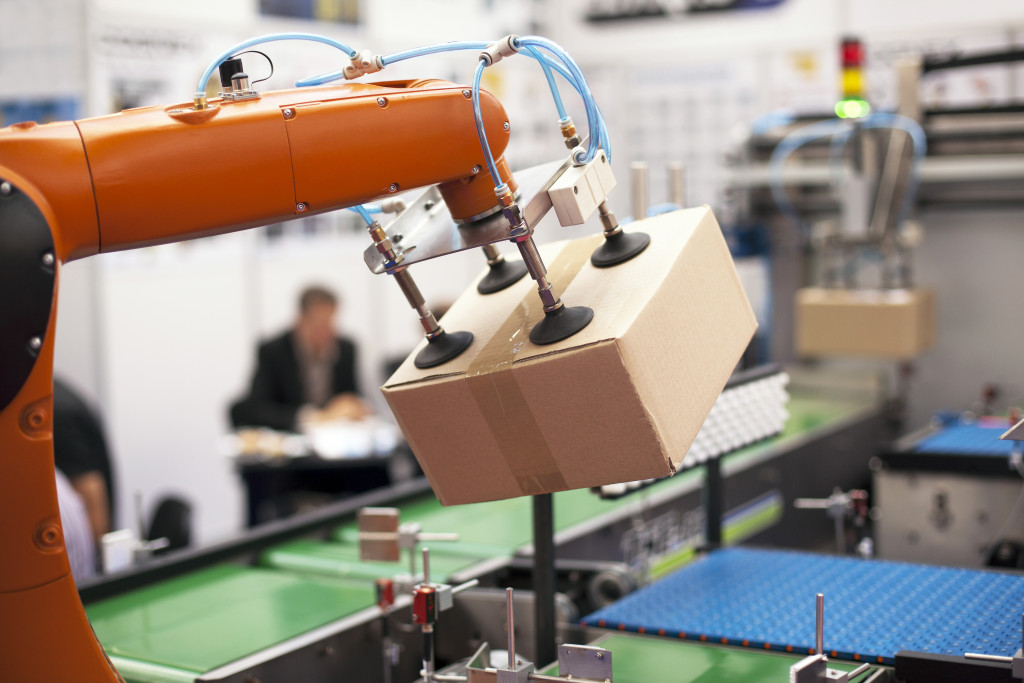- Automation of warehousing operations can provide numerous benefits, such as increased accuracy, improved safety, and reduced labor costs.
- Automated inventory control systems allow real-time tracking of inventory levels and streamline order fulfillment.
- Automated palletizing machines and storage and retrieval systems increase efficiency by organizing items into pallets for shipping or storage.
- Automating the packaging process eliminates manual tasks like packing individual boxes to maximize resources while meeting customer demands.
Warehousing is essential for many businesses, providing a secure location for storing and organizing inventory. It is a crucial factor in thriving supply chain management, enabling companies to manage their product flow from manufacturer to consumer efficiently. Warehousing can also provide cost savings through government incentives and specialized services like order fulfillment, cross-docking, and reverse logistics.
The volume of goods handled each year shows the importance of warehousing. According to Statista, the warehousing industry in the United States alone took approximately 12 billion tons of freight. Furthermore, the annual growth rate was estimated at around 3.3%. This growth illustrates that warehousing is increasingly important in global trade and commerce.
If you own a warehousing business, you may look for ways to optimize your operations. Automation is one of the most effective tools to streamline processes and reduce costs. Here are some aspects of your warehousing operations that can benefit from automation:
Inventory Control

Inventory control is the foundation of successful warehousing operations. Automating this process can provide numerous benefits, including increased accuracy and efficiency while minimizing wasted time and resources. Automation can also reduce human errors, improve safety, and enable real-time tracking of inventory levels. Here are some key aspects to consider when automating inventory control:
Tracking Inventory Levels
Automating inventory control helps businesses always stay on top of their stock. It eliminates manual counting and data entry tasks associated with manual processes, which can be time-consuming and prone to errors. Automated systems allow companies to track inventory levels in real time, enabling them to keep shelves stocked with the most up-to-date products at all times.
Streamlining Order Fulfillment
Order fulfillment is a critical part of warehousing operations that can be improved through automated inventory control systems. Automation enables businesses to quickly and accurately fulfill orders by automatically updating customer accounts when stock is low or out-of-stock items are replenished. This eliminates manual efforts like manually entering orders into the system or searching for products in storage areas manually.
Reducing Losses
Automated inventory control systems help businesses minimize losses due to shrinkage or obsolescence by providing real-time insight into what’s in stock and not selling well—allowing them to adjust their strategies accordingly. With these systems, businesses can set alerts for when stock levels reach a certain threshold, reducing the risk of overstocking or running out of products unexpectedly due to inaccurate records or delays in manual counts.
Increasing Accuracy
Accurate records are essential for efficient warehousing operations but challenging to maintain without automation—which often relies on imperfect data manually entering the system each time it changes its state (such as when an item has been picked up). Automated inventory control systems make it easier for businesses to keep accurate records as they eliminate manual entry tasks, which tend to introduce inaccuracies into the system over time—resulting in higher accuracy rates overall.
Lifting and Organizing

With the increasing complexity and demands of warehousing operations, manual labor is increasingly challenging to manage effectively. Automation systems can help reduce human errors, increase accuracy, improve safety, and enable more efficient processes. Automated systems like a palletizing machine can help streamline the loading and unloading process. This type of machine automates organizing items into pallets to be shipped or stored in a warehouse. Palletizing machines are designed with sensors that detect the size and shape of each item as it moves along on a conveyor belt. They also feature advanced robotics technology that allows them to accurately place objects onto the pallet in an organized manner with minimal manual intervention.
In addition to palletizing machines, other automation systems are available in warehouses, such as automated storage and retrieval systems (AS/RS), which use computer-controlled crane systems to store and retrieve items from high-density storage locations. AS/RS can increase efficiency by reducing time spent searching for things, allowing staff to spend time fulfilling orders instead. This system also helps reduce labor costs associated with manually handling heavy items, which can be dangerous without specialized equipment.
Automated guided vehicles (AGV) are another example of automation systems used in warehouses; these robotic vehicles are programmed to transport goods from one location to another without requiring manual guidance or steering from workers. AGVs help reduce labor costs while providing increased accuracy and safety compared to traditional manual transport methods within a warehouse facility.
Packaging Process
Packaging plays an essential role in warehousing operations. Packaging protects the products from damage during transportation and helps to create a positive customer experience by providing information about the product. Automated packaging processes can help businesses improve their efficiency and productivity while minimizing costs associated with manual labor.
Automating the packaging process eliminates manual tasks like packing individual boxes, which can cause delays in order fulfillment and increase labor costs. Automation systems also reduce human error by ensuring that items are placed in the correct size box for shipping and any required padding or cushioning material to ensure they arrive undamaged at their destination. Additionally, automated systems provide greater accuracy than manual packing, helping businesses save time and money by reducing re-packing costs due to incorrect sizes or insufficient protection for fragile items.
Final Thoughts
Automation is a powerful tool for streamlining warehouse operations and improving efficiency. Automating processes like inventory control, order fulfillment, storage and retrieval of goods, and packaging can help businesses save costs associated with labor while increasing accuracy and safety. Automated systems also provide real-time insight into stock levels to ensure shelves are stocked adequately at all times. With suitable automation systems, businesses can maximize their resources while meeting customer demands quickly and efficiently.
